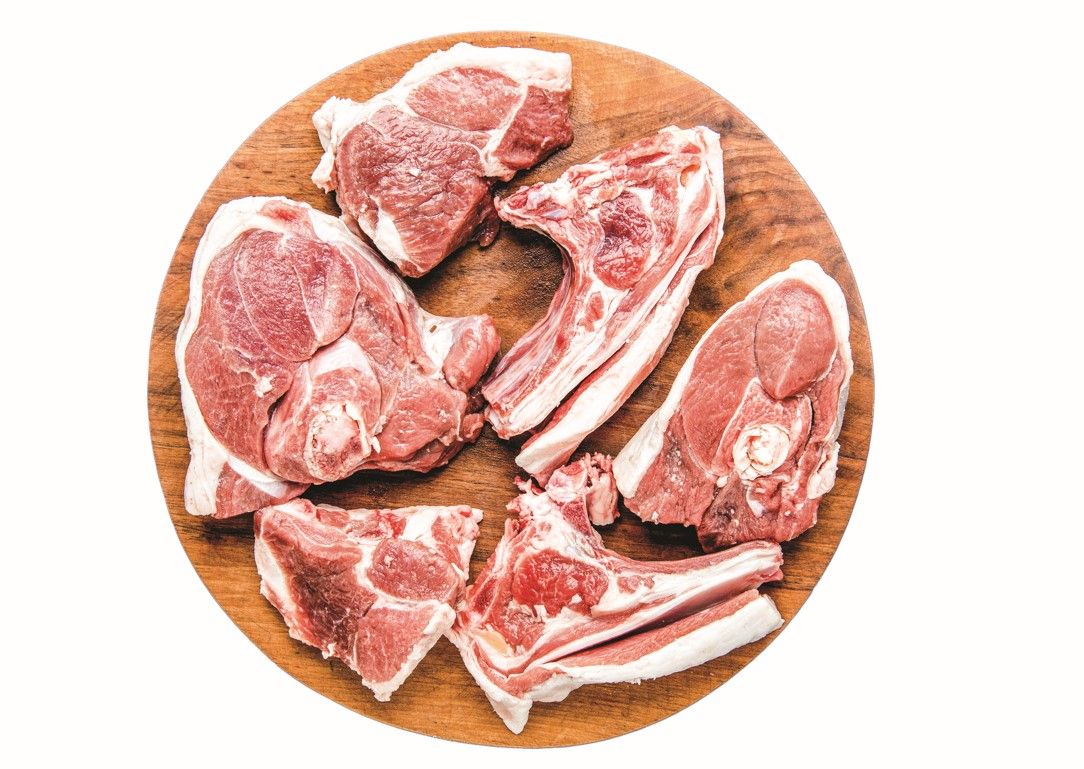What's the beef?
Understanding the different types of beef
In the culinary landscape of the Philippines, discerning meat connoisseurs are increasingly contemplating the essence of their beef choices. With a variety of options available, it's crucial to understand the distinctions between grain fed beef, imported beef, and grass fed beef. A nuanced examination of these varieties reveals their unique attributes, origins, and health implications.
Grain-fed beef
Grain-fed beef is typically sourced from cattle raised on a diet of grains, including corn and soy. This method of feeding accelerates the fattening process, which results in beef that boasts a higher fat content and marbling. These qualities yield a tender, succulent texture, highly prized in culinary circles for its richness and flavor. However, the nutritional profile of grain-fed beef often includes higher levels of omega-6 fatty acids. While essential, an excessive intake of omega-6s, typically abundant in modern diets, can lead to an imbalance with omega-3 fatty acids, potentially impacting health.

Imported beef
Imported beef encompasses beef products sourced from countries renowned for their stringent agricultural practices. Nations such as Australia, the United States, and Japan are prominent exporters, each offering distinctive beef varieties reflective of their respective feeding regimes and processing standards. For instance, the renowned Wagyu beef from Japan is celebrated worldwide for its intense marbling and umami taste. On the other hand, the importation of beef also carries implications regarding freshness and environmental impact. Transporting beef over long distances can affect its freshness and contribute to a significant carbon footprint.
Grass-fed beef
Grass-fed beef represents a more traditional and holistic approach to cattle raising. As the name suggests, these cattle graze on natural pastures, feeding predominantly on grass throughout their lives. This method aligns closely with the animals' natural diet and results in meat that is leaner and richer in essential nutrients. Notably, grass-fed beef contains higher levels of omega-3 fatty acids and conjugated linoleic acid (CLA), both of which are linked to numerous health benefits, such as reduced inflammation and improved heart health. Furthermore, grass-fed beef is often perceived as a sustainable choice, reflecting environmental stewardship and animal welfare.
Understanding these differences equips consumers to make more informed choices based on their personal health priorities and ethical considerations. Grain fed beef offers a flavor profile that is rich and indulgent, while imported beef presents an opportunity to savor global culinary excellence. Conversely, grass fed beef provides a lean, nutrient-dense option that supports both health and sustainable agricultural practices.
In essence, the choice between grain fed, imported, and grass fed beef depends greatly on individual preferences and values. By appreciating the distinct qualities of each, consumers can foster a more informed and diverse culinary experience.